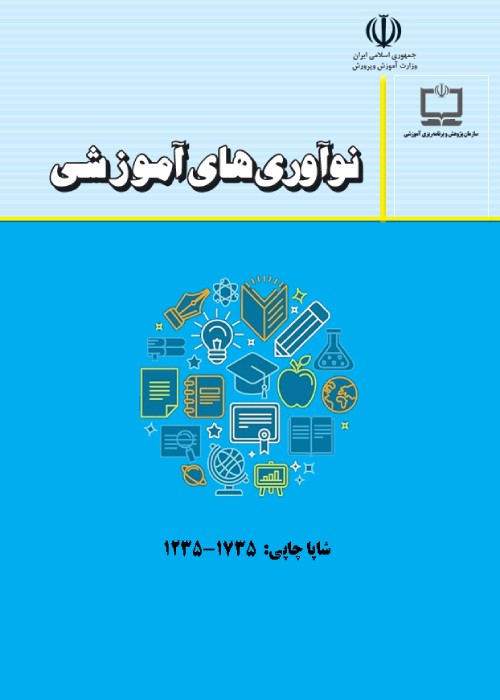Assessment of mathematics curriculum of guidance school in Iran according to teacher's perspectives
Author(s):
Abstract:
From 2011, the structure of educational system in Iran has undergone another drastic change in terms of grade levels. The previous one was in the form of 5 years primary school, 3 years guidance school (grades 6 to 8), 3 years high school and 1 year pre-university. In the new system that has been mandated in 1390 (2011) and gradually implemented since 1390- 91 (2011- 2012) school year, there are 6 years primary school, 3 years junior high school and 3 years senior high school (6-3-3). In this new system, there is a plan to re-write the national mathematics textbooks according to the new curricular aims and based on the assessment results of the current mathematics textbooks. The purpose of this paper is to illustrate the mathematics teachers’ perspectives at the guidance school to help curriculum developers and textbook authors to cultivate more clear and realistic views about the current situation at this grade level (i.e., grades 6 to 8) according to the mathematics curriculum. The variables of the study are: the level of teaches’ understanding of objectives, content and the other components of mathematics curriculum; and teachers’ perspectives about mathematics curriculum and textbooks, teaching and learning methods, and instructional materials. The data were collected using a teacher's questionnaire, interview and focus group. To analyze the quantitative data, we used descriptive statistics, as well as inferential statistics, including nonparametric ratio test, parametric t-test and single sample z-test. The data that were collected through focus groups and interviews were analyzed, categorized and summarized to complete and support the quantitative part of the data. Findings showed that there is a lack of consistency between the mathematics curricula of the grades 6 to 8 (guidance school). From the teachers’ perspective, the main reason for the lack of consistency is the difference between the mathematics curriculum objectives and the reality of educational environment including teacher's proficiency, cultural and educational beliefs, students’ needs, and the content of textbooks, assessment methods, classroom environment and the time of instruction.
Keywords:
Language:
Persian
Published:
Quarterly Journal of Educational Innovations, Volume:14 Issue: 53, 2015
Page:
96
magiran.com/p1387926
دانلود و مطالعه متن این مقاله با یکی از روشهای زیر امکان پذیر است:
اشتراک شخصی
با عضویت و پرداخت آنلاین حق اشتراک یکساله به مبلغ 1,390,000ريال میتوانید 70 عنوان مطلب دانلود کنید!
اشتراک سازمانی
به کتابخانه دانشگاه یا محل کار خود پیشنهاد کنید تا اشتراک سازمانی این پایگاه را برای دسترسی نامحدود همه کاربران به متن مطالب تهیه نمایند!
توجه!
- حق عضویت دریافتی صرف حمایت از نشریات عضو و نگهداری، تکمیل و توسعه مگیران میشود.
- پرداخت حق اشتراک و دانلود مقالات اجازه بازنشر آن در سایر رسانههای چاپی و دیجیتال را به کاربر نمیدهد.
In order to view content subscription is required
Personal subscription
Subscribe magiran.com for 70 € euros via PayPal and download 70 articles during a year.
Organization subscription
Please contact us to subscribe your university or library for unlimited access!


